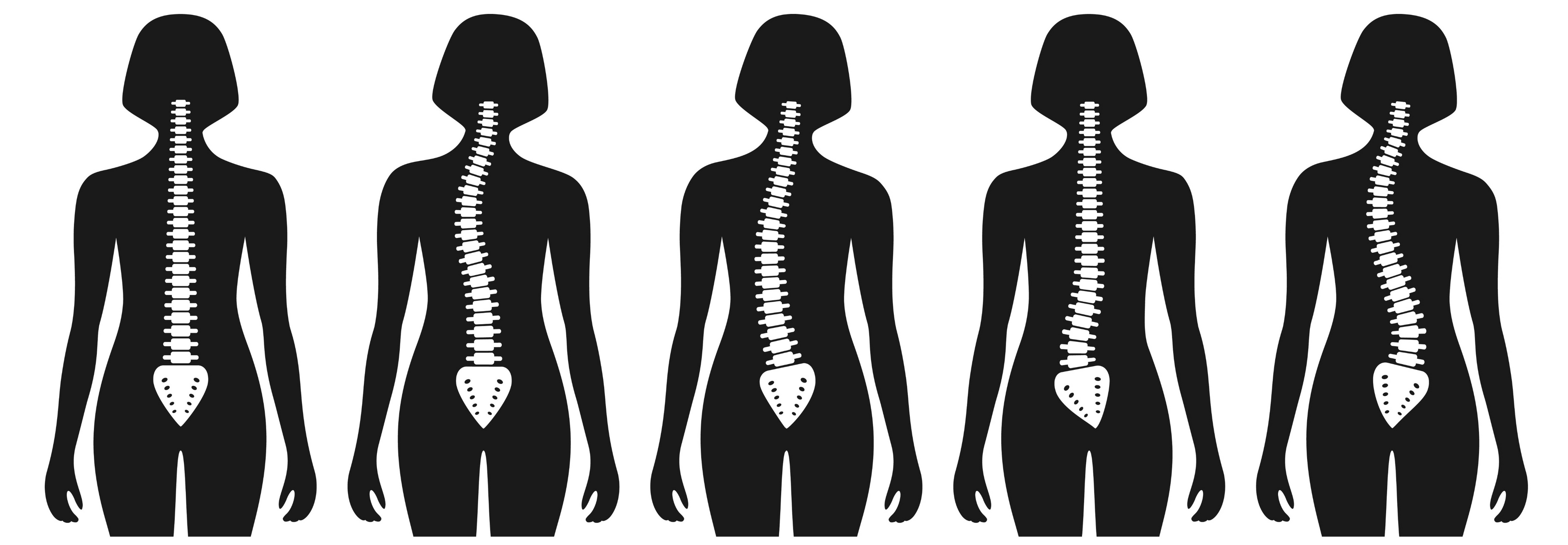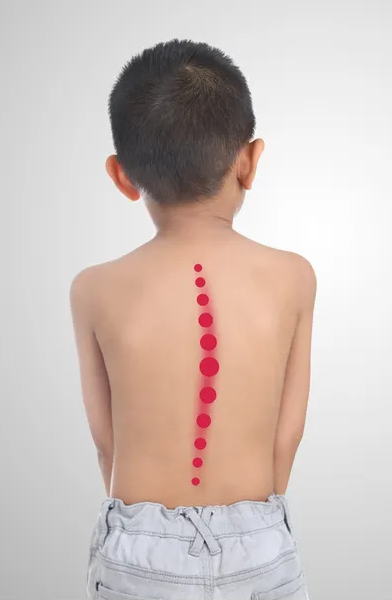
Start Right offers Scoliosis Screening both girls and boys. No child is missed.
-
Adolescent Idiopathic Scoliosis (AIS) is a medical condition in which the spine curves to one side. It can be mild and cause no symptoms, but if it is left untreated, it can lead to serious health problems.
The spine is a complex series of bones that are held together by ligaments and muscles. If a child has scoliosis, their spine curves to one side or can appear "C" or "S" shaped, and the spine curves and twists. This can cause pain and put pressure on the nerves and discs in the back. In severe cases, scoliosis may also affect lung and heart function.
-
Causes of scoliosis
The exact cause of scoliosis is not well understood, and in most cases, the cause remains unknown. Some factors that have been known to be associated with scoliosis development include genetic predisposition, structural abnormalities of the spine, and neuromuscular conditions. In some cases, scoliosis can be the result of an underlying medical condition.
-
The importance of scoliosis screening
The onset of puberty has the potential to accelerate the progression of scoliosis, which is why regular screening is important. Screening helps identify any developing spinal curves early, which is critical for monitoring and managing the condition. Early detection allows for earlier treatment, which may be more effective in reducing the progression of the curve and minimizing the impact on the child's daily life.
Children with scoliosis may experience discomfort and self-esteem issues. This can impact their academic learning, participation in sports and overall development.
It is important to note that scoliosis can affect both girls and boys at a ratio of 2.5:1. At Start Right, screening is offered to all students, regardless of gender or age.



